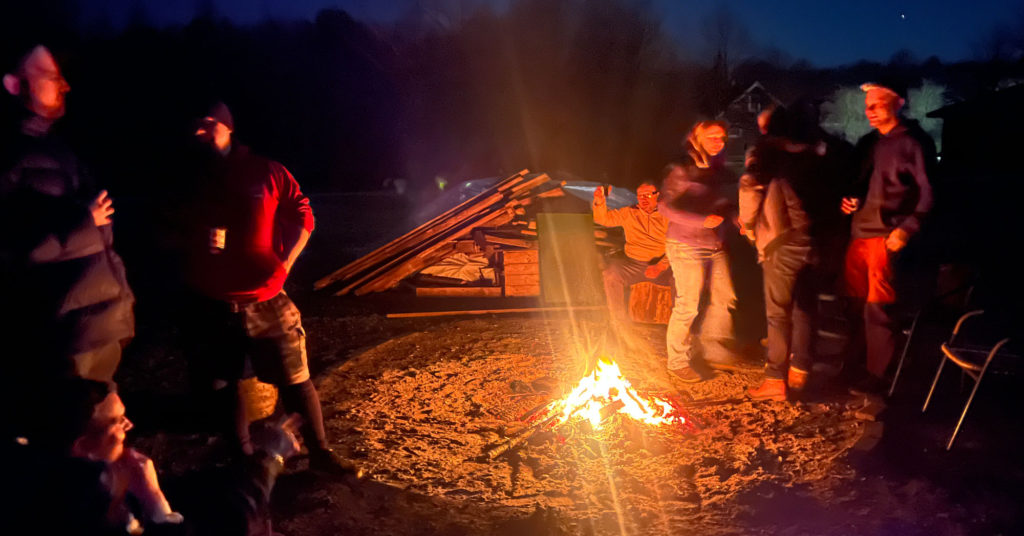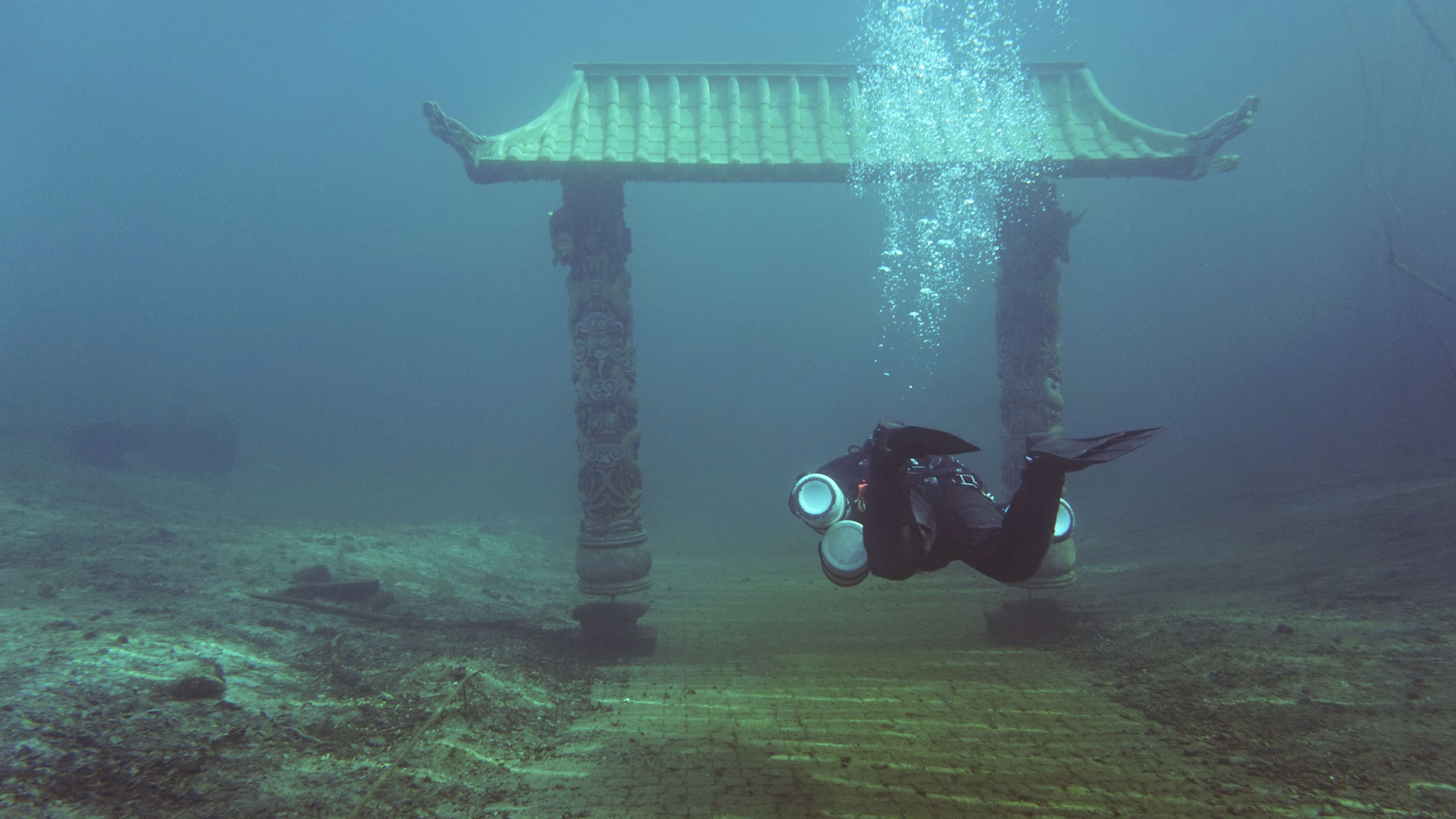Q1: How did the trip to Hemmoor come about, and what made you choose this specific location?
A1: Hemmoor has been on my radar for a while due to its reputation for having deep, clear water and unique submerged features. It’s a favourite among technical divers, so it seemed like a great spot to challenge ourselves and explore more. Plus, its central location made it easy to plan a trip with friends.
Q2: How did the first day of diving go? Did you get an immediate sense of the site’s reputation for visibility and conditions?
A2: The first day was incredible. We arrived after a long 13-hour drive, but the weather was perfect, and we couldn’t resist checking the visibility right away. We ventured to a diving platform and were greeted with ~20m visibility. The excitement was palpable as we geared up, knowing that we’d be diving in crystal-clear waters. The trip’s vibe was set from the moment we saw the water.
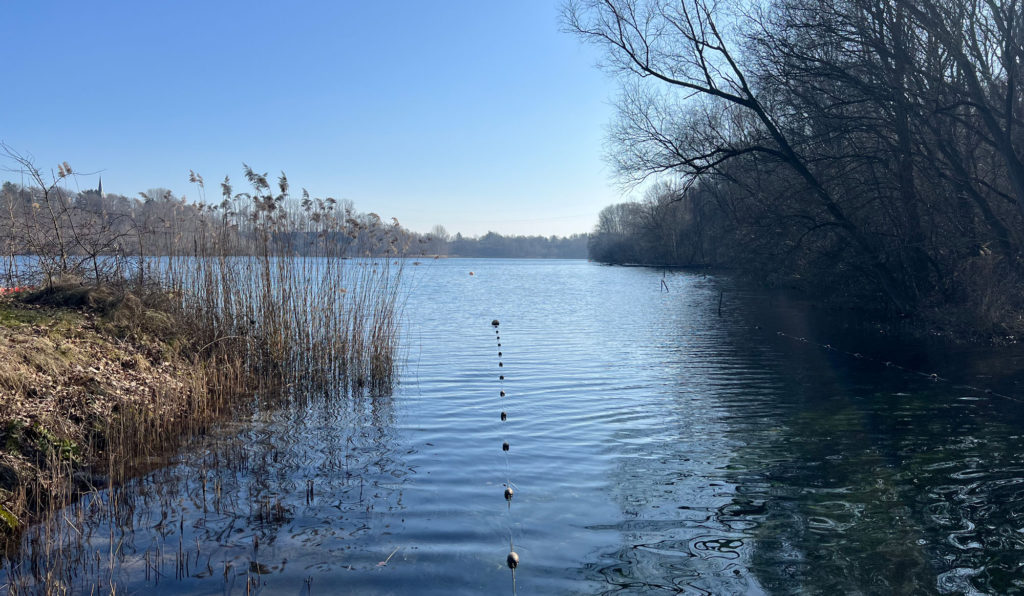
Q3: Hemmoor’s famous for its weird and wonderful underwater sights. What kind of features or objects did you come across during your dives? Any favourites?
A3: Over the course of the four days, we managed to fit in nine dives — including one night dive and a 50-metre bounce dive. The underwater highlights were just as brilliant (and bizarre) as expected. We saw Hemmoor’s famous trick tipper truck, complete with its unnervingly lifelike manikin behind the wheel — which was even more dramatic (and slightly creepy!) on the night dive. One of the most memorable moments came during an exploratory dive with Jack — we were determined to find the Piper plane, which rests at around 50 metres right in the middle of the quarry. That was the cherry on top of the cake. We found it, and yes — we have the photos to prove it! We also came across the lighthouse, a shipwreck, and some surreal areas where there was no water grass at all. In those spots, you could see this eerie mist effect where calcium seemed to be dissolving into the freshwater — it almost looked like the landscape was bleeding fog. I dive sidemount, so I could get up close without disturbing the environment too much. It honestly felt like falling into a cloud. Magical.
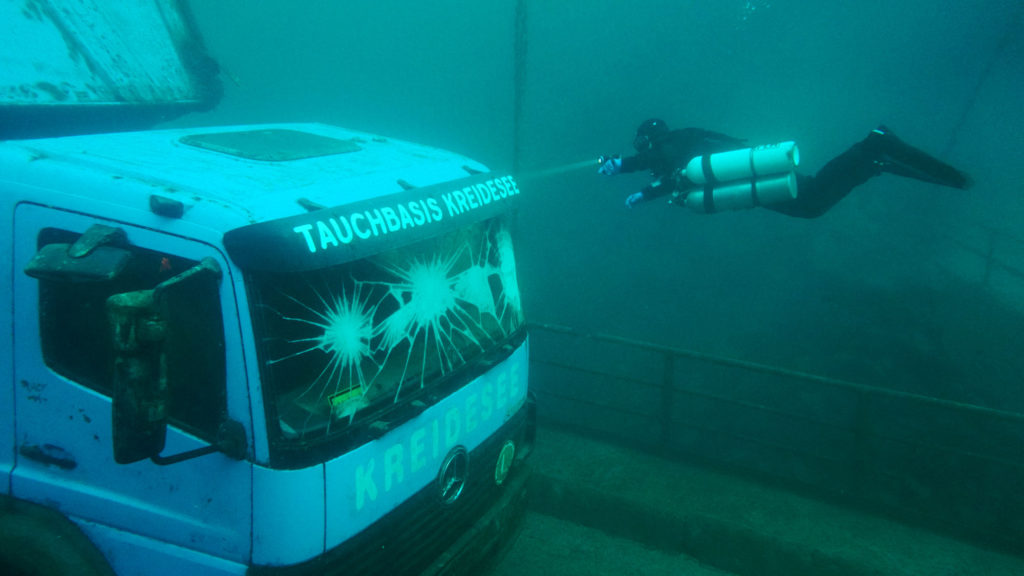
Q4: Every trip has its moments — whether they’re hilarious, heart-pounding, or just plain unforgettable. Any particular dives or experiences that stood out emotionally or technically?
A4: The dive to 50 metres in search of the Piper plane was definitely my deepest dive to date, and it stood out on so many levels. Of course, we were diving air, as we’re not trimix certified, but as Advanced Decompression Procedure (ADP) divers, we had a solid strategy in place. Jack, who’s an instructor and far more experienced than me (I’m just a Sports Diver with ADP), was leading the charge. We were both diving different setups — I dive sidemount, which is my preferred choice, while Jack was on a twinset. For deco, we had EAN50 and EAN80 stages, and I think Jack had EAN32 for the deeper deco stage. The dive itself was just epic. We made two flawless gas switches — first at about 20 metres to EAN50, and then again at 9 metres to EAN80 to clear out any nitrogen. Everything about this dive — the depth, the plane, the dramatic underwater scenery, the technical knowledge, and skill required — just came together perfectly. It was one of those dives where everything falls into place, and it felt truly rewarding.
Q5: What kind of equipment were you diving with on this trip? Any new gear, or were you sticking with what you’re familiar with?
A5: I think this was the first time that Jack and I decided to use two deco stages on a single dive. Normally, we’d just dive with 2x 12L tanks, and occasionally, we’d take an additional EAN50 or EAN80 cylinder for the ADP deco stop. But for the dive to 50m, we opted for the extra stages to make sure everything went smoothly, and it paid off. Hemmoor is ideal for this kind of dive. It’s deep and offers the right conditions for training in deep diving because it’s protected from tides and currents. It’s the perfect place to focus on technique without worrying about changing conditions.
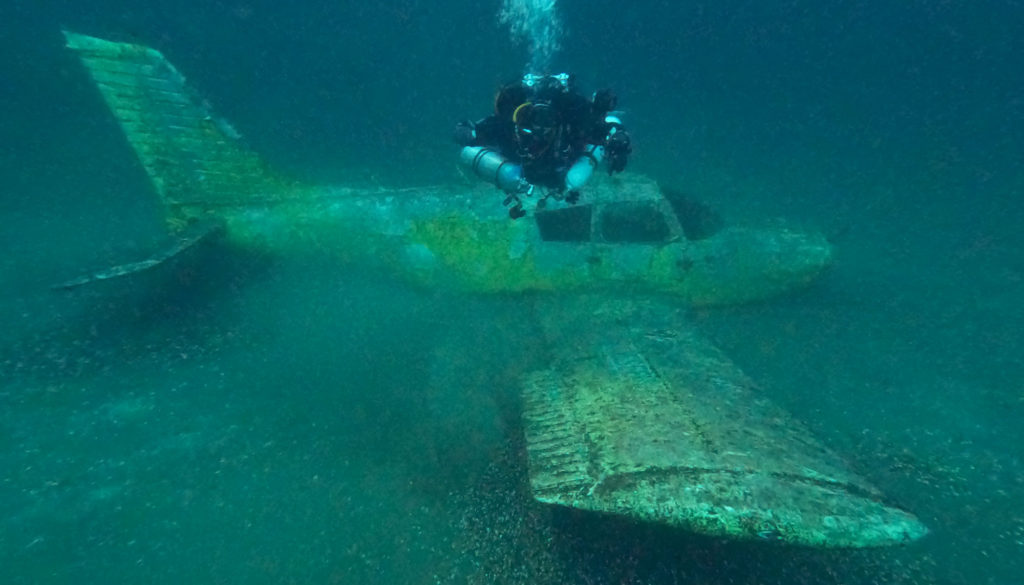
Q6: How did the group manage with the logistics — gear setup, fills, food, coordination? Was it smooth sailing or did you have to get creative with any aspect?
A6: Luckily, Hemmoor has an excellent gas filling station on-site, including EAN and Trimix mixes, which is perfect for technical divers. Everything went smoothly in terms of fills, and we didn’t have to get creative — the logistics were pretty straightforward. One nice touch was the outdoor filling machine that’s available after hours when the dive centre is closed. It accepts coins, so if anyone forgot to fill their cylinders before the night dive, they could just sort it out on their own without any fuss. A real lifesaver for those forgetful moments!
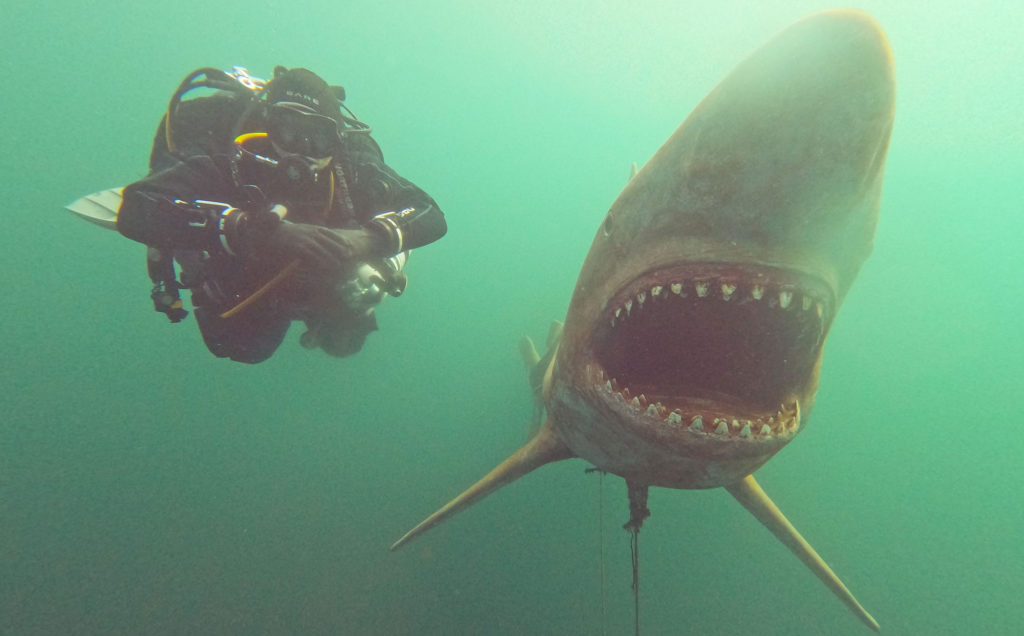
Q7: I’ve heard that Hemmoor has its own vibe — how would you describe the atmosphere at the quarry, both in and out of the water? Was it more relaxed or did you feel the technical challenges throughout?
A7: Hemmoor really is something special. The atmosphere there is both relaxed and welcoming. The people are friendly and genuinely helpful, which adds a lot to the experience. On Friday, our team was invited to join a fire gathering where we shared sausages, beers, and even some whisky. It was a great way to unwind after the dives. Later, we learned that some of the folks around the fire were actually related to the quarry’s owners and the landowners. It gave the place an even more personal touch, and it felt like we were part of something much bigger than just a dive trip.
